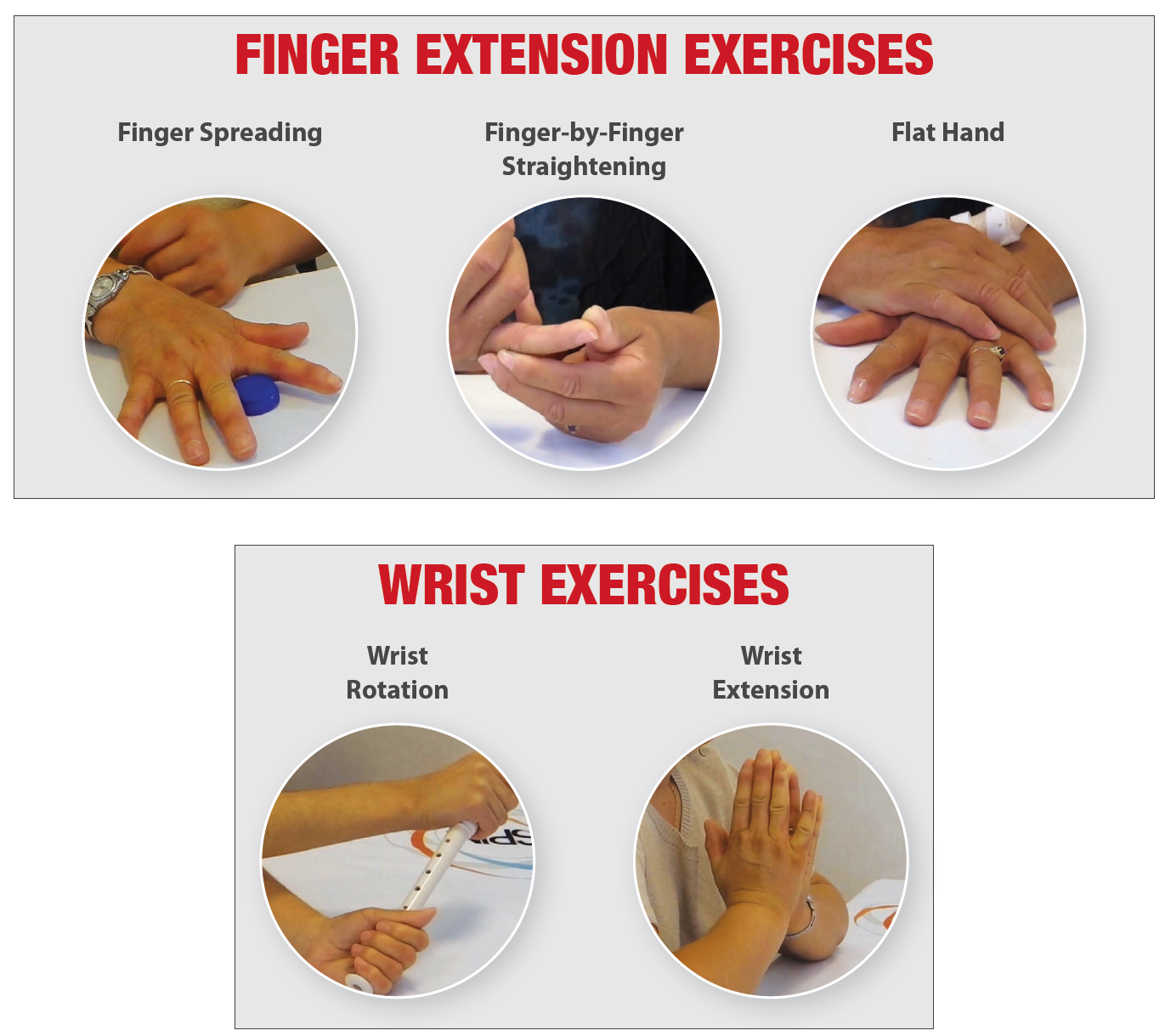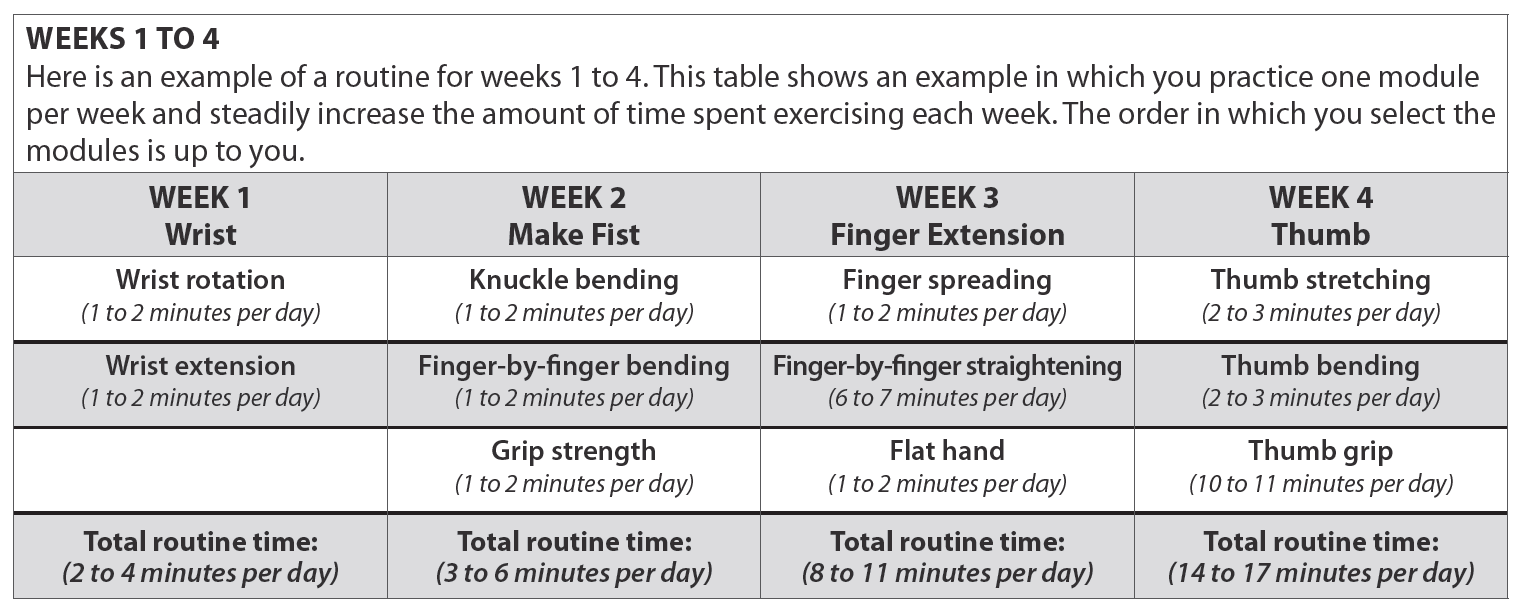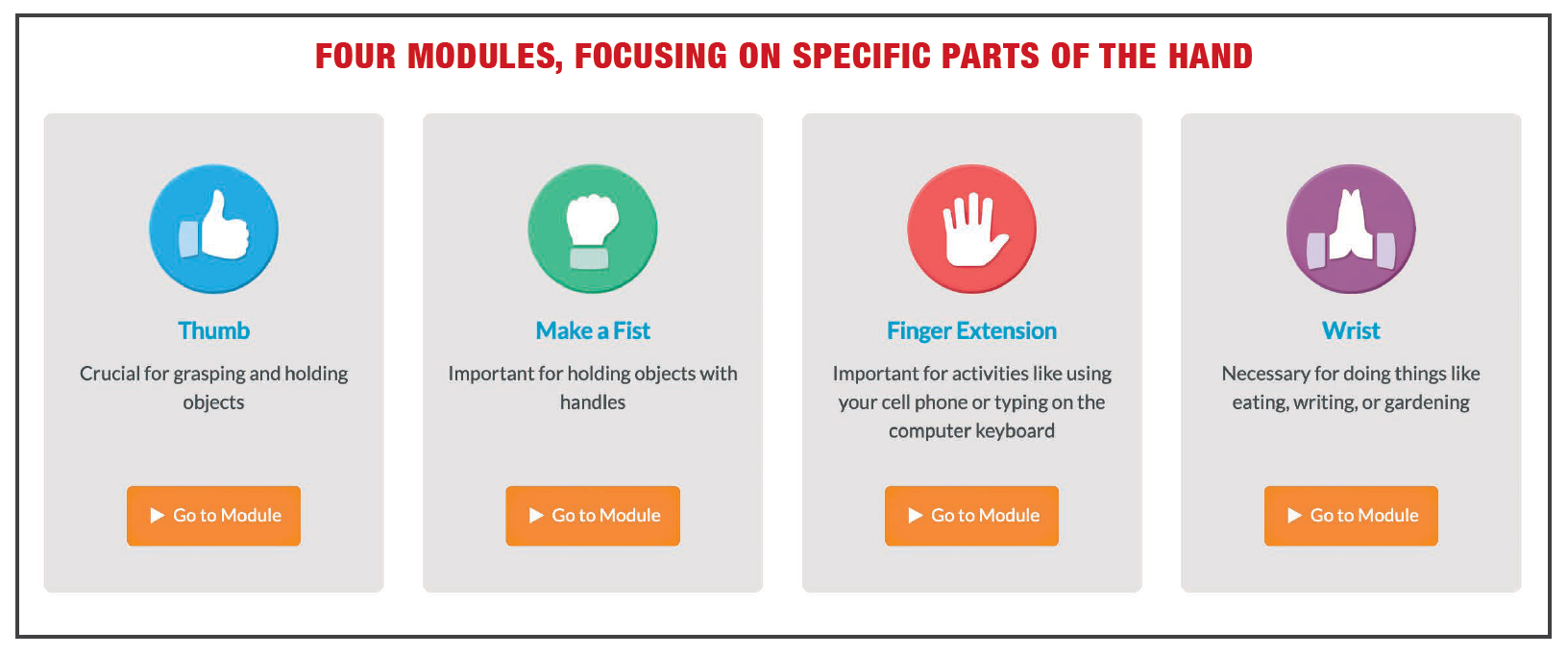The Scleroderma Patient-Centered Intervention Network and the SPIN-HAND Program

The Scleroderma Patient-centered Intervention Network (SPIN) is a patient-oriented research organization that provides evidence and creates tools to better inform patients and scleroderma clinicians. SPIN consists of researchers, health care providers and people living with scleroderma worldwide. SPIN’s mission is to work with people living with scleroderma to identify their needs and prioritize research in the areas most important to them. SPIN aims to develop, test, and disseminate accessible patient programs that improve quality of life and empower people with scleroderma and their loved ones.
The areas of research covered by the programs developed by SPIN include, but are not limited to, managing symptoms, emotions and appearance changes related to illness, as well as balancing activity and rest.
SPIN employs an innovative research model that uses the SPIN Cohort (approx. 1,400 patients) as a framework to conduct trials of its online patient programs. Once patients are enrolled in the SPIN Cohort via SPIN healthcare sites, trials are conducted with patients from around the world. SPIN programs are jointly designed by health experts, clinicians, and people with scleroderma to ensure that patient needs and concerns are met.
THE SPIN-HAND PROGRAM |
||
|
We use our hands in just about everything we do. When you have scleroderma, this can be a real challenge. There are many different changes to your body caused by scleroderma that can make it difficult to use your hands effectively. These include damage to the blood vessels, swelling, muscle pain and weakness, and damage or ulceration to the skin. Reduced hand mobility due to scleroderma can have serious consequences for daily activities, such as dressing, eating and drinking, driving, getting change from your pocket or purse, or using a computer or another electronic device. In fact, impaired hand function has the potential to impact almost every aspect of your life. |
The SPIN-HAND program provides you with gentle hand exercises explicitly designed for people with scleroderma, with sections to help you develop a personalized program, set goals, and track your progress. Instructional videos demonstrate how to perform each exercise properly with pictures to illustrate common mistakes. Doing hand exercises regularly can help you to maintain – and even potentially improve – your ability to use your hands effectively, so that you can do more of the things that you need to do to work, take care of yourself and your home, or just to enjoy life. |
|
|
|
||
EXERCISES |
|
| These exercises correspond to movements that are important for many different daily activities. For example, thumb mobility is crucial for grasping and holding objects. Finger mobility is also important for this, particularly for objects with handles, such as a spoon, a pencil, or the steering wheel of your car. Finger extension allows you to do things like using your cellphone or typing on your computer keyboard. Finally, wrist mobility is necessary to place your hand in the correct position for doing things like eating, writing, gardening, and wringing out a towel or a rag.
|
|
 |
 |
|
There are separate versions of each exercise in the four modules for people with mild to moderate hand involvement and for people with more severe hand involvement. |
|
EXAMPLE OF THUMB EXERCISE
Start with the palm of your left hand flat on the table. Use your right hand to take a hold of your thumb, down at the base of your thumb. Move the thumb away from your index finger as far as possible without pain and hold for 10 seconds. Let go and relax for 5 seconds. Now, switch hands and do the same thing with your other hand. Put the palm of your right hand flat on the table. Use your left hand to take a hold of your thumb at the base of your thumb. Move the thumb away from your index finger as far as possible without pain and hold for 10 seconds. Let go and relax for 5 seconds. Don’t forget to keep breathing calmly while you are doing the exercise. Do this exercise 5 times with each hand.
For this program to be helpful, it is important that you do the exercises regularly. So, once you have learned the basics, please also take the time to set up an exercise schedule. There are examples of weekly routines in the toolkit that involve doing 3 to 4 sessions a week, doing a few selected exercises every day, or doing all of the exercises 7 days a week. You can pick a plan that works best for you or modify the plans to fit your needs.
You can access SPIN-HAND for free at: https://tools.spinsclero.com/
To reap the benefits of this program, start out at a slow and comfortable pace and keep it going!










